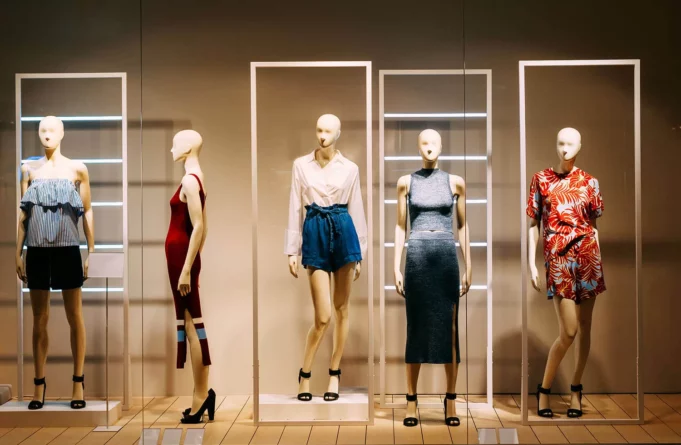Last Updated on April 21, 2024 by Umer Malik
Offering goods to customers from your retail storefront is simple; engaging them in a meaningful way that lasts is challenging. How can you keep people interested while competing with nearby and international e-commerce companies? Thankfully, companies who carefully consider each promotional display still benefit significantly from visual merchandising techniques. Because of excellent retail service, customers are kept in the store long enough to purchase. How are today’s prosperous shops, both permanent and pop-up, making the best use of their retail space? Check out these visual merchandising suggestions to maximize your shop area.
What is visual merchandising?
Visual merchandising is the art of setting up your business and exhibiting your products to increase sales, strengthen your brand, and provide customers with a fun and engaging shopping experience. Twelve of the most effective visual merchandising strategies are covered in this article and our associated video, along with instructions on how to use them in your company.
Put on a visual spectacle.
Your initial effort should be to select a palette. If you want to give your consumers a seamless visual experience, you should keep the number of colors you use to a minimum. Working with three to four colors at once is usually ideal, with the variance within each bloom.
Your brand and sales goals should be reflected in your chosen color scheme. The color merchandising decisions determined by Menchies support its brand image and sales objectives and produce a unified and visually pleasing shop.
Maximum goods on the floor
Since there isn’t much room in the store, you must exhibit as many items as possible. Be cautious, though, as it’s crucial to maintain shelves full but not disorganized or disorganized. We are experts in maximizing space in our retail unit designs, and we can advise you on how to construct units that can hold the most product.
Vacant space
Your visual merchandising units must make the most of the limited area at their disposal. To enhance the area’s ambiance and successfully promote your items, employ end-of-aisle stands, signs in the vacant space above shelves, cutouts, and other decorations.
Use All of Your Senses
Although visual merchandising india—hence its name—heavily emphasizes aesthetics, instructions may also use the chance to appeal to all the senses.
When consumers enter the store, how will they feel? Where do such emotions originate? Customers who are perusing an online store’s merchandise can only see with their eyes, according to Business 2 Community. However, people use all five senses when they enter a store.
Displays at points of sale
Customers are presented with impulsive offers through point-of-purchase screens as they approach the checkout desk. For instance, supermarkets have specific shelves for magazines, sweets, and drinks. A cashier can request a “discount of the day” display from some stores if they want one.
Seasonal decorations
Specialized advertising and signage are frequently needed for seasonal items. These requirements are satisfied through seasonal displays, highlighting deals and goods that customers want during a specific period. Summer swimsuits, back-to-school advertisements, or lavish Christmas decorations are a few examples that are frequently used.
Proper signage
Appropriate signage is crucial since it directs shoppers to the shelf with the product categories they are looking for. This gives customers the ability to locate products on their own without the assistance of a salesperson, which might result in waiting time and a subsequent loss of revenue.
End Note
The technique of marketing related products in a group to be purchased together to encourage buyers to buy numerous things in a single transaction is known as grouping or bundling products. This is an excellent strategy for expanding your units per ticket (UPT) and providing consumers with a more practical and enjoyable experience.







